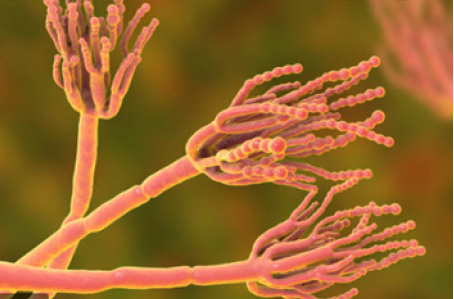It was the year of 1914, the First World War broke out and Sir Alexander Fleming a Scottish born physician scientist was only 33 years old. He was then a captain in the Royal Army Medical Corps and was working in field hospitals in France. There, he found that the antiseptics such as, carbolic acid, boric acid and hydrogen peroxide, that were administered to treat wounds and prevent infection, were actually killing more soldiers than curing the wounds. He established that those antiseptic agents were useful only to cure superficial wounds, but when applied to deep wounds, they were very harmful .He noted those antiseptic agents when applied deep inside the wounds were actually killing the white blood cells of the body and were lowering the natural resistance of the wounded soldiers leading to their death.
Nearly after 14 years of this observation, Fleming was working as Professor of Bacteriology at St. Mary’s Hospital in London.. He was working on various aspects of bacteria, Staphylococcus that cause boils, sore throats and abscesses.
Once he was on a tour for fourteen days in 1928 and after his return he went to his laboratory where the colonies of Staphylococcus was growing on Petri dishes. He noticed something unusual on one of the Petri dishes. He noticed that a mold had developed on an accidentally contaminated staphylococcus culture plate. Upon examination of the mold, he noticed that the culture prevented the growth of staphylococci It was dotted with colonies, save for one area where a blob of mold was growing. That was quite an interesting phenomenon for him. He found that, the “mold juice” was capable of killing a wide range of other harmful bacteria, such as Streptococcus, Meningococcus and the Diphtheria bacillus. He thought that the mold had secreted something that inhibited the growth of other bacteria .Later, the mold was identified as a rare strain of the fungus penicillin i.e. the Penicillium notatum (Fig.1). That mould was determined to be a rare variant of Penicillium notatum (now Penicillium rubens), a laboratory contaminant in his laboratory.
Next, he wanted to isolate pure penicillin from the mold juice and for the next 16 years, he pursued for better methods of production of penicillin, medicinal uses and clinical trial. His successful treatment was that on Harry Lambert who had otherwise fatal streptococcal meningitis Thus, 1942 proved to be a critical moment in the medical usage of penicillin.
Despite of several attempts, the isolation of penicillin proved to be very unstable, and Fleming and his group were, only able to prepare solutions of crude material to work with. Fleming published the results of his findings in the British Journal of Experimental Pathology in June 1929, with only a passing reference to penicillin’s potential therapeutic benefits. At that stage it looked as if its main application would be in isolating penicillin-insensitive bacteria from penicillinsensitive bacteria in a mixed culture. Harold Raistrick, Professor of Biochemistry at the London School of Hygiene and Tropical Medicine, tried to purify penicillin but failed.
Later, many scientists were involved in the stabilization and mass production of penicillin and in the search for more productive strains of Penicillium. Important contributors include Ernst Boris Chain and Sir Howard Walter Florey. In 1945 Fleming won the Nobel Prize in Physiology or Medicine for the discovery and development of penicillin with Chain and Florey. Dorothy Hodgkin received the Nobel
Prize in Chemistry in 1964determining the structures of important biochemical substances including penicillin(C16H18N2O4S).
The introduction of penicillin in the 1940s was the era of antibiotics. Penicillin has now been recognized as one of the greatest advances in therapeutic medicine. The discovery of penicillin and the initial recognition of its therapeutic potential occurred in the United Kingdom, but, due to World War II, the United States could play the major role in developing large-scale production of the drug, thus making a life-saving substance .Thus, the discovery of Penicillin heralded the dawn of the antibiotic age. Before its introduction there was no effective treatment for infections such as pneumonia, gonorrhoea or rheumatic fever. Hospitals were full of people with blood poisoning contracted from a cut or a scratch, and doctors could do to cure those diseases.

